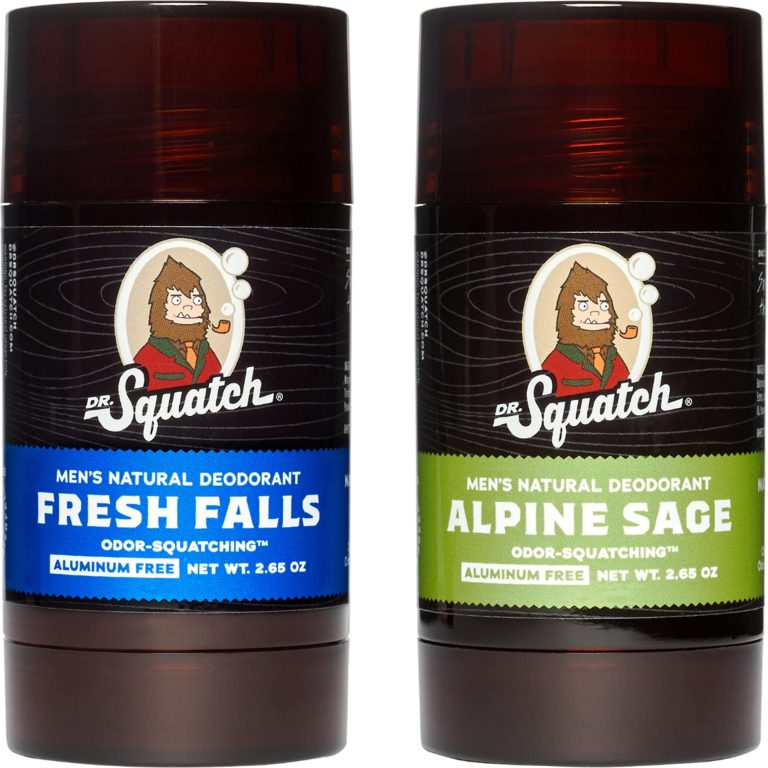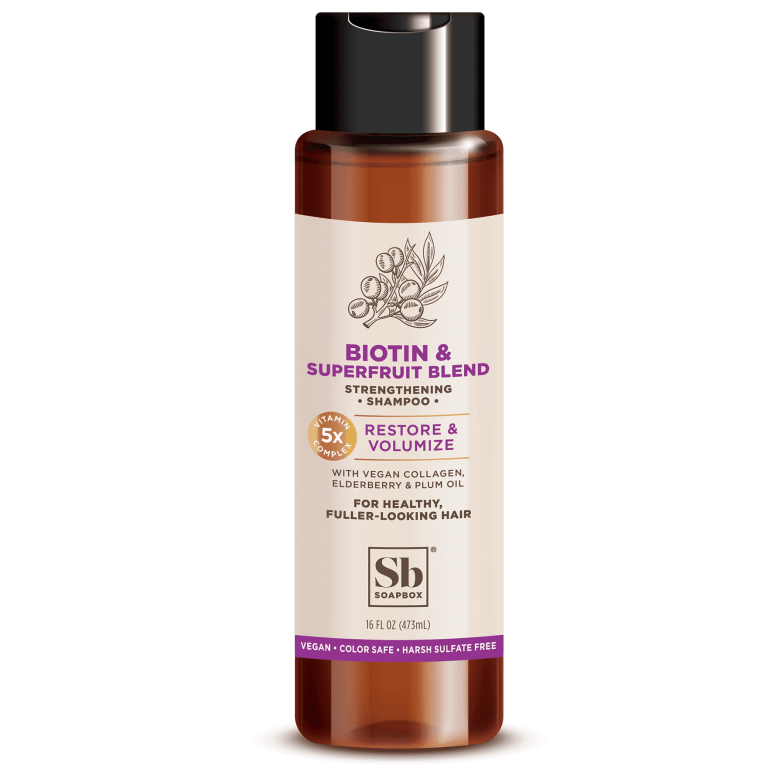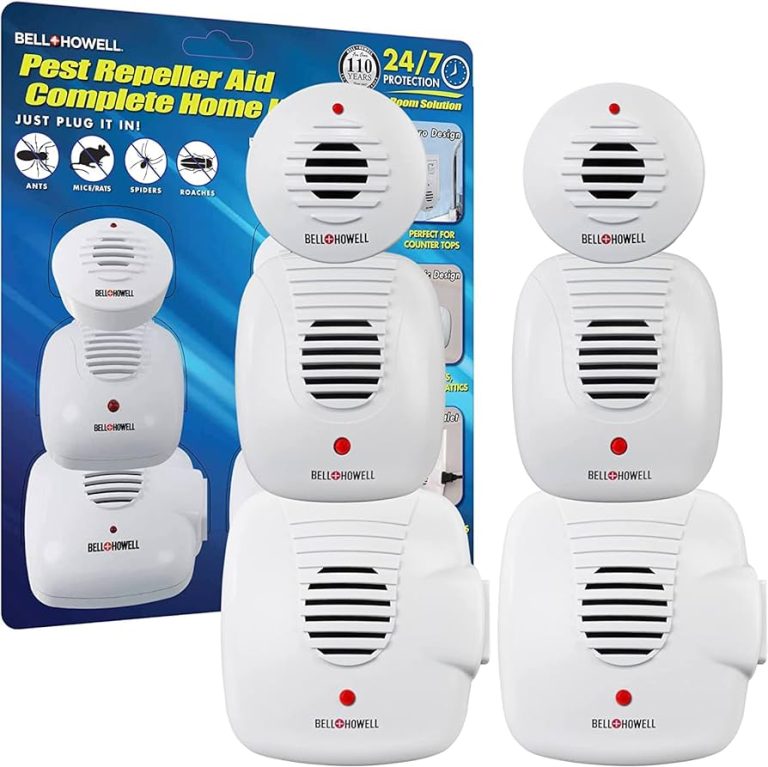9 Best Flea Treatments for Cats: Top Solutions for a Flea-Free Feline
Fleas can turn your cat’s life into a constant itch-fest and wreak havoc on your home. As a responsible pet owner, you want the best for your feline friend, and that means finding an effective flea treatment. But with so many products on the market, how do you choose the right one?
We’ve done the legwork to bring you the 9 best flea treatments for cats. From topical solutions to oral medications, these options will help you keep your kitty flea-free and happy. Say goodbye to endless scratching and hello to a more comfortable, healthier pet.
Spot-On Flea Treatments
Spot-on flea treatments are a popular choice for cat owners due to their ease of use and effectiveness. These treatments help to protect your cat from fleas by applying a small amount of liquid to the skin.
Exploring Popular Brands
- Frontline Plus: Frontline Plus is known for killing fleas at every life stage, preventing infestations. It contains fipronil and (S)-methoprene, offering month-long protection.
- Advantage II: Advantage II offers fast-acting control, killing fleas through contact. It includes imidacloprid and pyriproxyfen, effective for up to 30 days.
- Revolution: Revolution not only tackles fleas but also roundworms and ear mites. Its active ingredient, selamectin, provides broad-spectrum protection.
- Cheristin: Cheristin works quickly, killing fleas within 30 minutes. Its main ingredient, spinetoram, provides up to six weeks of protection.
- Bravecto: Bravecto offers long-lasting coverage for up to 12 weeks. It contains fluralaner, ideal for significant flea protection.
- Convenient Usage: Spot-on treatments are simple to apply. Just part your cat’s fur and apply the liquid directly to their skin.
- Waterproof Features: Most spot-on treatments remain effective even after bathing your cat, ensuring continuous protection.
- Long-Lasting Protection: These treatments typically provide up to a month of protection, reducing the need for frequent reapplication.
- Correct Application: Ensure you apply the treatment to a spot your cat can’t lick. This helps prevent ingestion and maximizes efficacy.
- Consistency: Stick to the treatment schedule for continuous protection. Mark your calendar each month to avoid missed applications.
By integrating these treatments, you can effectively manage and prevent flea infestations, keeping your cat comfortable and healthy.
Oral Flea Treatments for Cats
Discovering the right flea treatment means less stress for both you and your feline friend. Oral medications offer a straightforward and often more effective alternative to other methods.
Benefits of Oral Medications
Oral flea treatments provide several advantages. They are easy to administer, usually as a flavored tablet or chewy treat. These medications start working quickly, often within 30 minutes, to kill fleas at various life stages. Unlike topical solutions, there’s no messy application, and you don’t have to worry about the product washing off during baths or swimming. Most importantly, oral treatments can offer comprehensive protection, often lasting a full month, ensuring your cat remains comfortable and flea-free.
- Comfortis: Known for its beef-flavored chewable tablets, Comfortis kills fleas within 30 minutes and lasts up to 30 days. Its active ingredient, Spinosad, is highly effective.
- Capstar: Ideal for quick relief, Capstar starts killing adult fleas within 30 minutes. Though it doesn’t offer long-term prevention, it’s perfect for initial flea control.
- Revolution Plus: Combining Selamectin and Sarolaner, Revolution Plus not only tackles fleas but also protects against ticks, ear mites, and other parasites. It’s a solid choice for comprehensive prevention.
By integrating oral flea treatments into your care routine, you can ensure heightened efficacy and ongoing safety for your cat.
Flea Collars for Cats
Flea collars offer a hands-free and long-lasting solution to protect your feline friend from those pesky pests. By continuously releasing active ingredients, these collars can provide extended flea coverage, making them a convenient option for many pet owners.
How Flea Collars Work
Flea collars work by emitting active ingredients that repel and kill fleas. These ingredients, which often include insecticides like imidacloprid or flumethrin, spread through your cat’s fur and skin. This continuous release targets fleas at various life stages, offering both treatment and prevention. Some collars also include insect growth regulators (IGRs) to prevent flea eggs from hatching, adding another layer of protection.
- Seresto Flea and Tick Collar
- Provides up to 8 months of protection.
- Effective against fleas, ticks, lice, and sarcoptic mange.
- Water-resistant, ensuring durability even if your cat gets wet.
- Designed for convenience with no need for monthly treatments.
- Hartz UltraGuard Pro
- Offers 7 months of flea and tick prevention.
- Budget-friendly while still providing reliable protection.
- Breakaway design for safety.
- Fresh scent to keep your cat smelling good.
- Bayer Seresto for Small Cats
- Suitable for cats and kittens 10 weeks or older.
- Non-greasy and odorless, making it comfortable for your cat.
- Continuous release of active ingredients for consistent protection.
- Veterinarian-recommended for its effectiveness and safety.
Flea Shampoos and Powders
Flea shampoos and powders are traditional yet effective methods for tackling flea infestations on your cat. Dive into when and how to use these treatments for the best results.
When to Use Flea Shampoos
Use flea shampoos when you need a quick and thorough flea elimination. Flea shampoos are especially useful if your cat has severe infestations because they kill fleas on contact. Regular use can help prevent reinfestations, particularly in combination with other treatments. Brands like Adams Plus and Vet’s Best offer shampoos that not only kill but also repel fleas, ticks, and lice, providing a comprehensive solution.
Effective Flea Powders for Immediate Relief
Opt for flea powders if your cat prefers dry treatments or if you need quick relief between baths. Flea powders are convenient for spot treatments and provide immediate relief from itching and irritation caused by fleas. Look for products like Zodiac Flea & Tick Powder or Bio-Groom Flea & Tick Powder, which offer simple application and effective results. These powders typically contain natural pyrethrins that quickly knock down fleas and can be used in conjunction with other long-term flea control strategies.
Natural Flea Treatments
Natural flea treatments can be a safe and effective alternative for managing fleas on your cat without harsh chemicals. Here are some options worth considering.
Herbal Remedies and Their Efficacy
Herbal remedies use plant-based ingredients to repel fleas. Essential oils like lavender and eucalyptus are popular choices. Lavender is known for its soothing properties, and it can also deter fleas due to its scent. Eucalyptus contains compounds that fleas find repulsive, making it a good addition to your flea-fighting arsenal.
For application, you can make a solution by mixing a few drops of essential oil with water and spraying it lightly on your cat’s fur. Herbal shampoos containing these essential oils are also available and can provide a double benefit of cleaning and flea repelling. Just remember to avoid using essential oils directly on cats, as high concentrations can be toxic.
DIY Flea Treatment Recipes
Homemade flea treatments can be both economical and effective. One popular recipe involves using apple cider vinegar. Its acidic nature alters the pH balance of your cat’s skin, making it inhospitable for fleas. Mix equal parts apple cider vinegar and water, then spray this solution lightly on your cat’s coat.
Another DIY treatment involves creating a lemon spray. Boil a sliced lemon in a pot of water, let it steep overnight, strain it, and then fill a spray bottle with the liquid. Spray this mixture onto your cat’s fur, avoiding their eyes. The limonene in lemons acts as a natural flea repellent. Flea combing afterward can help remove any dislodged fleas.
These natural treatments can complement your overall flea management strategy, providing added defense against these pesky parasites.
Environmental Flea Control
Creating a flea-free environment is crucial for effective flea management. Follow these steps to ensure your home stays free of these pesky insects.
Cleaning Tips to Reduce Flea Infestations
Regularly vacuum carpets, rugs, and furniture. Flea eggs and larvae often hide in these areas. Focus on corners and crevices.
Wash your cat’s bedding in hot water weekly. Fleas can’t survive the heat and will be eradicated.
Steam clean carpets and upholstery. The high temperature kills fleas at all life stages.
Declutter your home. Fewer places for fleas to hide mean fewer fleas.
Safe Use of In-Home Flea Sprays
Choose vet-approved flea sprays. Brands like Vet’s Best and Wondercide are safe for pets and humans.
Apply sprays in common flea areas. Focus on cat bedding, carpets, and furniture.
Follow label instructions carefully. Overuse can be harmful to pets and people.
Ventilate the area well after spraying. Ensure it’s dry before letting your cat back in.
Monitor your cat’s behavior post-application. Contact your vet if you notice any adverse reactions.
Considerations for Choosing the Right Flea Treatment
Choosing the right flea treatment for your cat involves several important considerations. Understanding these factors will help you make an informed decision and ensure your cat’s well-being.
Factors to Consider Based on Cat’s Health
Assessing your cat’s health is essential before selecting a flea treatment. Certain health conditions may limit your options.
- Age and Weight: Verify the age and weight requirements for the flea treatment. Puppies and kittens usually require different formulas than adult cats.
- Allergies: Check for any known allergies. Some cats may react adversely to specific chemicals or ingredients.
- Medical Conditions: Consider existing medical conditions. Flea treatments may interact with medications your cat is already taking.
- Pregnancy and Nursing: Ensure the flea treatment is safe for pregnant or nursing cats. This is crucial for the health of both the mother and her kittens.
Discussing Options with Your Vet
Consulting your vet is a critical step in choosing the most suitable flea treatment. They can provide professional guidance tailored to your cat’s specific needs.
- Health Assessment: Your vet can perform a thorough health check to identify any underlying issues that could affect the choice of flea treatment.
- Recommendation: Vets can recommend the most effective flea treatments based on your cat’s health status, lifestyle, and environment.
- Dosage and Application: Learn about the correct dosage and application methods. Accurate dosing ensures effectiveness and reduces the risk of side effects.
- Monitoring and Follow-up: Discuss a follow-up plan to monitor your cat’s response to the treatment. Early detection of adverse reactions is vital for your cat’s safety.
Application Tips and Safety Precautions
To ensure your cat’s treatment is safe and effective, follow these critical tips and precautions.
Best Practices for Applying Treatments
Read the label. Always read and follow the instructions on the treatment package. It ensures safe and effective application.
Select the right spot. Apply spot-on treatments between your cat’s shoulders to prevent them from licking the medication.
Use the correct dosage. Measure treatments according to your cat’s weight to avoid underdosing or overdosing.
Separate pets. After applying the treatment, keep treated cats separate from others until the product dries to prevent cross-contamination.
Wear gloves. Use gloves when applying treatments to avoid direct skin contact with chemicals.
Monitor behavior. Watch your cat closely for a few hours post-application for any adverse reactions.
Understanding Potential Side Effects
Know common side effects. Look out for excessive drooling, scratching, and mild skin irritation, which are typical side effects.
Identify serious reactions. Be aware of signs like vomiting, difficulty breathing, and severe lethargy. Contact your vet immediately if these occur.
Check for allergies. Observe your cat after each new treatment to ensure they aren’t allergic to any ingredients.
Maintain a log. Keep track of the treatments used and any reactions to help your vet make informed future recommendations.
Review product warnings. Check for any contraindications listed on the product, especially if your cat has existing health conditions.
Conclusion
Choosing the best flea treatment for your cat involves understanding various options and considering your cat’s specific needs. Always consult your vet to ensure you’re making the best choice for your furry friend. By following proper application tips and safety precautions, you can effectively manage fleas and keep your cat comfortable and healthy. Remember to maintain a flea-free environment to support the effectiveness of treatments. Your diligence in selecting and applying the right flea treatment will make a significant difference in your cat’s well-being.






